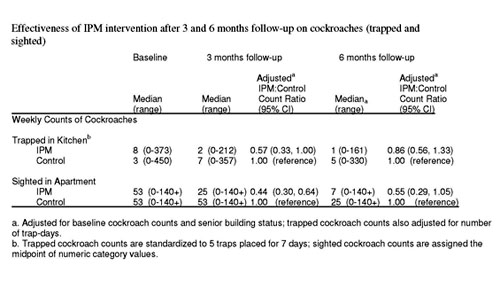23
Apr
British Coalition Pledges Funding to Bee Decline Research
(Beyond Pesticides, April 23, 2009) Pollinators, including honey and bumble bees, butterflies and moths, play an essential role in putting food on our tables through the pollination of many crops and other flowering plants. These insects are susceptible to a variety of disease and environmental threats, including a variety of common pesticides, some of which have increased significantly over the last five to ten years. As a result, the numbers of pollinators have been declining steadily in recent years, with the number of bees in the United Kingdom alone falling by between 10 and 15 per cent over the last two years. This decline has led some to request a ban on certain pesticides suspected of contributing to Colony Collapse Disorder (CCD).
To gain a better understanding of why this is happening, some of the UK’s major research funders have joined together to launch an important new research program. The biggest challenge will be to develop a better understanding of the complex relationships between biological and environmental factors which affect the health and lifespan of pollinators.
The funding will be made available to research teams across the UK under the Living With Environmental Change (LWEC) partnership, the major initiative by UK funders to help the UK respond effectively to changes to our environment. This is a joint initiative from the Biotechnology and Biological Sciences Research Council (BBSRC), the UK Department for Environment, Food and Rural Affairs (Defra), the Natural Environment Research Council (NERC), the Wellcome Trust and the Scottish Government.
Environment Secretary Hilary Benn said, “Aristotle identified bees as the most hard working of insects, and with one in three mouthfuls coming from insect-pollinated crops, we need to support bees and other pollinators. I announced in January that Defra would put an extra ÂŁ2M into research funding, and I am delighted our partners have agreed to boost this to up to ÂŁ10M. This funding will give some of Britain’s world-class researchers the chance to identify the causes of the decline we’re seeing in bee numbers, and that will help us to take the right action to help.”
Professor Douglas Kell, BBSRC Chief Executive said, “We are facing a fundamental problem with the decline of bees and other pollinators. They have an absolutely crucial role in pollinating many of our important crops. Without effective pollination we will face higher food costs and potential shortages. This program will help us to understand why numbers have decreased and the steps we could take to reverse this. Complex problems such as this require a modern systems biology approach, a strategy at the core of BBSRC’s vision. This will also feed into BBSRC’s wider food security research program which aims to deliver the science necessary to provide the nutritious and affordable food we need for the future.”
Professor Alan Thorpe, Chief Executive of NERC, “Through the Pollinator Initiative, the LWEC partners will address what is a complex multidisciplinary problem. We need to conduct research that will help us to understand the links between bees and other pollinators and the range of environmental factors that affect them in various ways. This research will provide vital insights into why there has been a steep decline in these insect populations in recent years and help us to find solutions to the problem.”
Sir Mark Walport, Director of the Wellcome Trust said, “It is extremely important that we move swiftly to understand and try to reverse the decline in the populations of bees and other pollinating insects. The devastating effect that this decline may have on our environment would almost certainly have a serious impact on our health and well being. Without pollinating insects, many important crops and native plants would be severely harmed.”
Richard Lochhead, Cabinet Secretary of the Scottish Government said, “It is vital that we increase our understanding of the issues affecting populations of bees and other pollinators such as wasps, butterflies and beetles and in particular whether these are due to climate change. The impact these insects have on our rural industries, such as the soft fruit sector, and on plant biodiversity across Scotland cannot be under-estimated. Any reduction in numbers could have catastrophic consequences not just for our environment but also for our economy. I welcome this initiative and am confident the results of the program will enhance our knowledge and help prevent further declines in bee numbers.”
Elin Jones, Minister for Rural Affairs of the Welsh Assembly Government said, “Honeybees and other pollinators are vital for local food production, which is the key to environmentally sustainable farming. By working with the other partners in this initiative Defra have shown their commitment to safeguarding the population of the honeybee in the UK.”
The funding program will be administered through BBSRC. The NERC Centre for Ecology and Hydrology will provide post-award coordination for the program and contribute special expertise in long-term and large-scale ecology that will strengthen the research effort.
The European Union (EU) and its member states have passed a number of protective measures for bees and other pollinators in recent years. The European Parliament approved designated “recovery zones” across Europe: pesticide-free areas where bees can forage. Germany banned eight pesticides linked to bee declines. In the US, the Department of Agriculture has developed an action plan for managing CCD, and the Environmental Protection Agency (EPA) has been sued for withholding information on how pesticides impact honey bees. For more information on CCD and pesticides, please read our article, “Pollinators and Pesticides: Escalating crisis demands action.”
Sources: CNN, Defra
















